Over time we have been exploring in the Newsletter the six interrelated principles that guide our work in the Understanding-Based approach to mediation. These are:
• understanding – We rely in the power of understanding rather than coercion or persuasion;
• responsibility — The primary responsibility for resolving the dispute is with the parties;
• working together – The parties are best served by making decisions together — with the support of the mediator.
• proceeding by agreement – The mediation proceeds step by step by the parties, and mediator, choosing together how to proceed.
.• allowing tension – Tension, which is inevitable in conflict, presents an opportunity rather than an obstacle to working creatively with and through the conflict.
• going under the conflict — Conflicts are best dealt with by working to uncover what lies under the level at which the parties experience the problem.
We have previously commented on the first two — Understanding and Party Responsibility. Here we address the third: Working Together.
An early teacher of ours (Jack’s and Gary’s) used to end a training program with a period of silence, at the conclusion of which she would say:
“We are alone …. We are each alone ….
We are alone … together.”
That may well meaningfully apply when we are caught in a conflict. We each all too easily find ourselves trapped together in the conflict. Trapped together, perhaps with another with whom we well might least want to be trapped, but trapped together nevertheless. Stuck. Caught. Together. We call this “the conflict trap.”
We may wish it were not so. We may have cajoled or threatened the other side in the effort that it might not be so. But short of giving in or giving up, we are all too readily stuck. If we cannot easily get our way and get the other to submit or withdraw, and if we are not willing to give in or give up ourselves, we are caught. No wonder then that we might want a third party authority to decide — a parent, a judge, an arbitrator — some authority with the power to put an end to it – and to confirm us in the right. And if we make it with the other side to mediation, we might readily, and naturally, want to convince the mediator to do just that — to persuade, cajole, pressure, manipulate the other party to the conflict — our opponent, the one who is in the wrong — to give-up, relent or at least “be reasonable.” Or, if necessary, the mediator should decide for us – and, again reasonably, for me.
As we see it in the Understanding-Based approach to conflict, what might seem an impossible challenge presents a basic human possibility and opportunity for the parties in the conflict and for the mediator. The parties are in it together and they can work together, with the support of the mediator, in the effort to resolve their conflict to their mutual satisfaction. If they are willing ….
So we pose from the start of the mediation, indeed from the first contact with the parties, our desire to work together with the parties at the same time, without caucusing. Indeed, if we are first contacted by one party, we encourage that party to contact his/ her/ their counterpart so that we can have even this initial contact “together.” And the point is not just that the parties will need to agree about the ultimate substantive result that they will hopefully reach that will resolve their dispute. In the mediation, we proceed step-by-step, making agreements between the mediator and each of the parties about “how” to proceed. The parties and mediator are thus making agreement after agreement together about “the how,” which will serve all well as we come to look together at “the what.” As mediators, we may have “separate” conversations with each party (if we agree together to do so), but those “separate” conversations are in the presence of the other party – not in caucus. In short, we work together.
Working together, the parties can agree that they disagree and how they disagree and/or agree, step-by-step with the mediator. And they can work together to address their disagreement together if they are willing, with the help of the mediator, to do so. Each party can identify and articulate, with the support of the mediator, their separate and their common interests underlying the dispute. And if the parties are willing, the mediator can work together with the parties to see if each can understand the other’s perspective – not agree with the other but simply (and challengingly) to understand.
Having worked together to articulate and understand what is important to both, what they have in common and where they diverge, they can then work together to develop and evaluate the concrete options for resolving the dispute that can work for both parties in terms of meeting those underlying interests. Ultimately, they can separately and together choose a result that resolves the dispute for each, for both – having resolved their conflict together. Working together. Alone, together.
Proceeding by Agreement in this manner, step by step, is another of our inter-related core principles – which we will explore in a future Newsletter.
